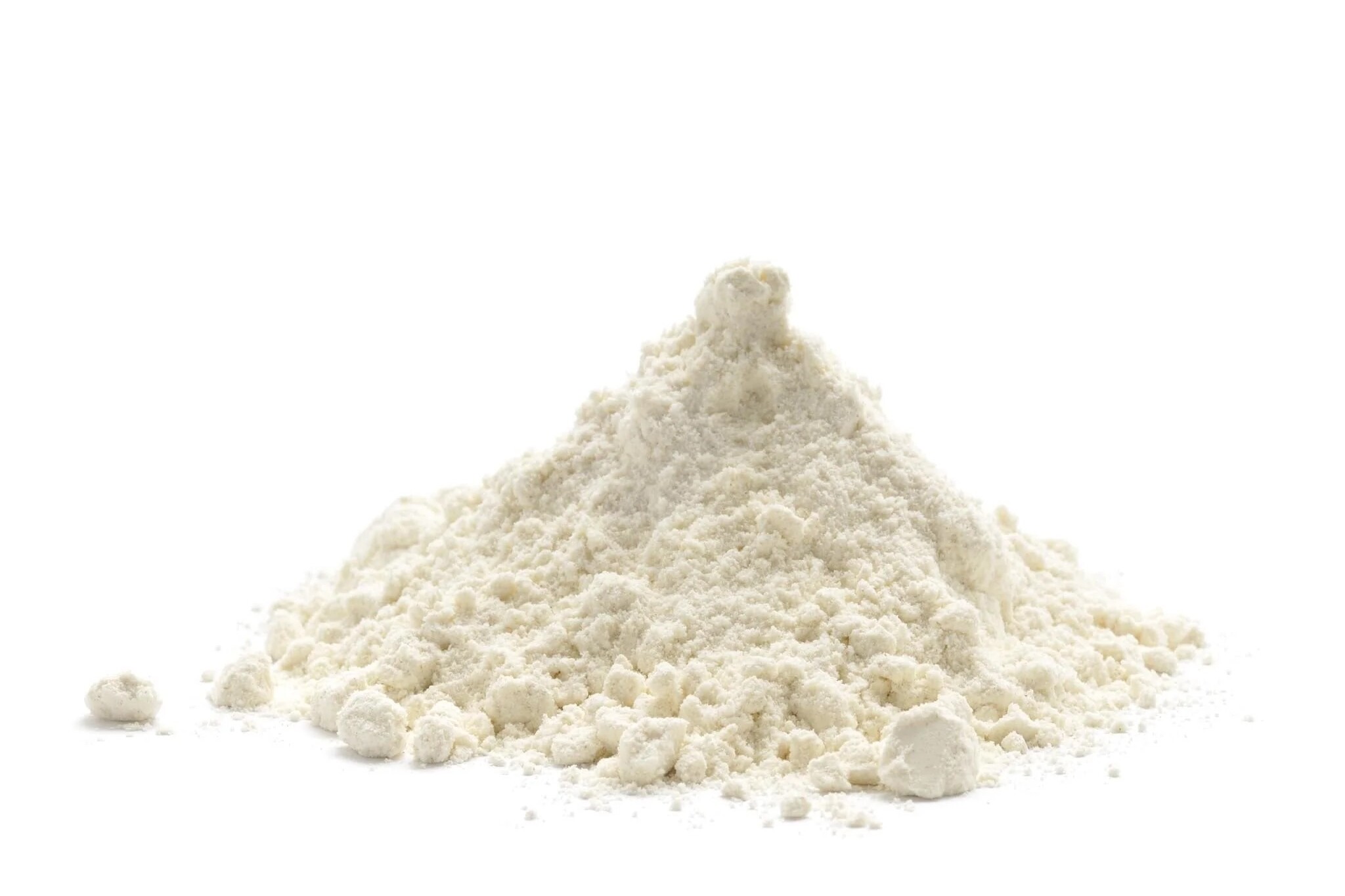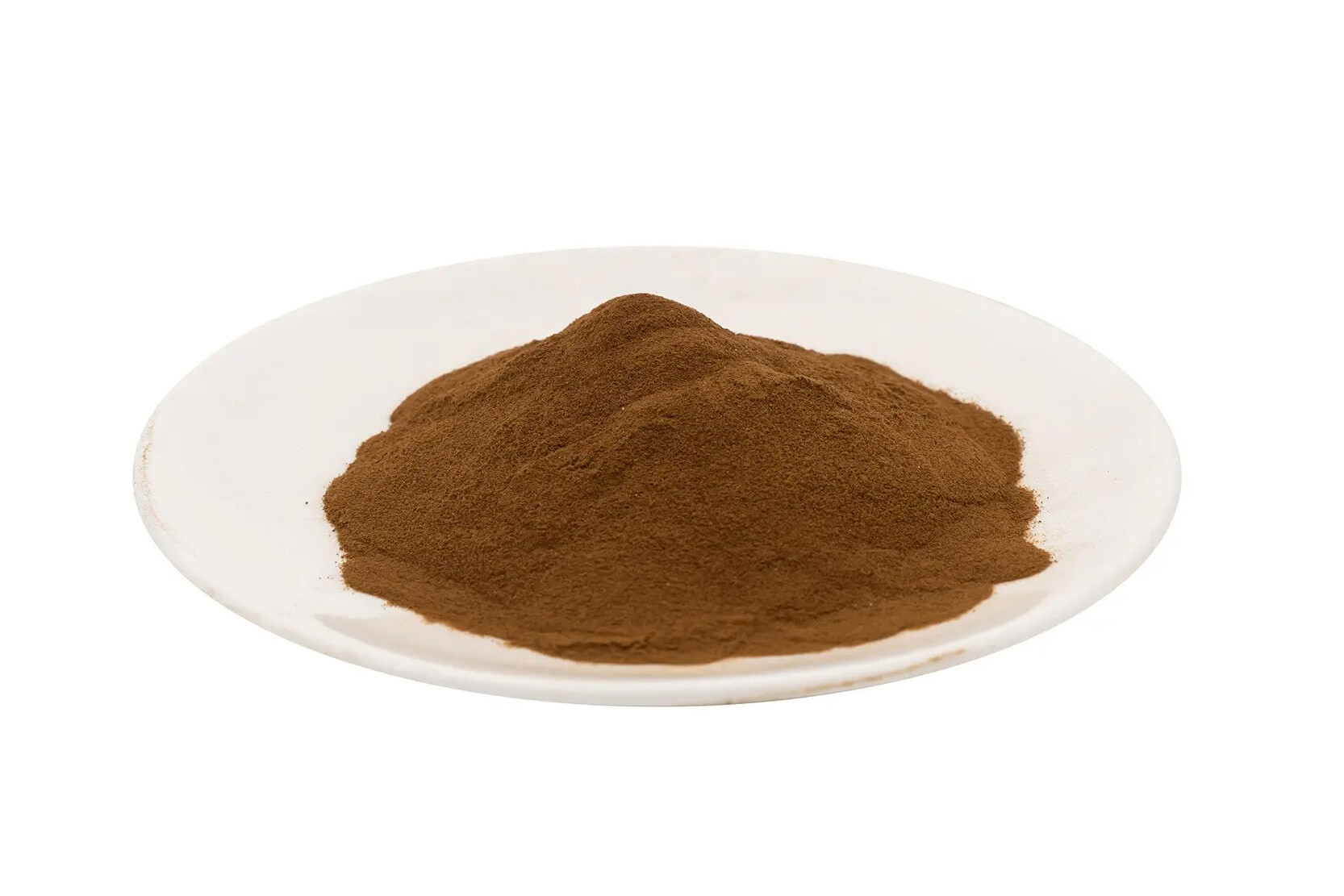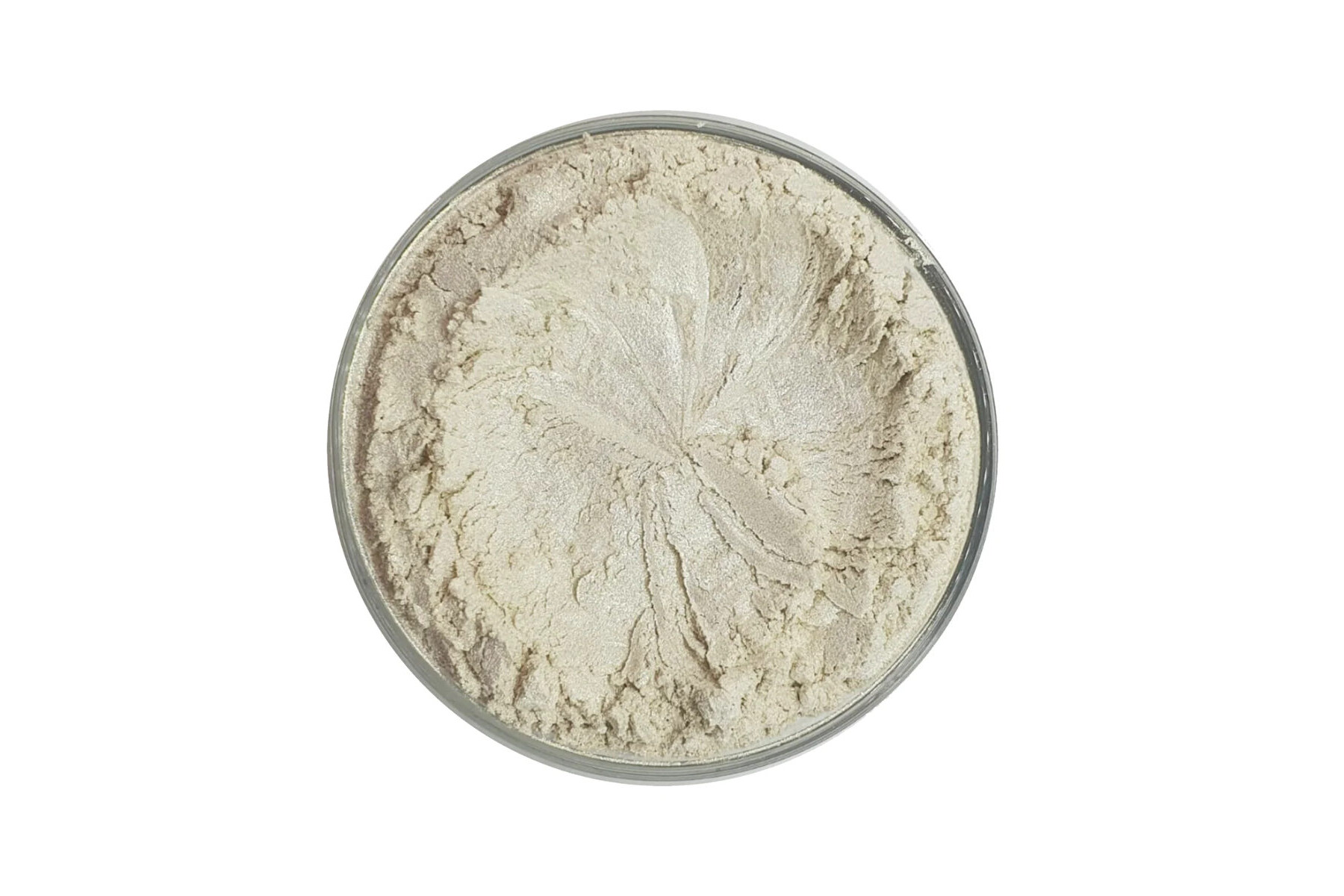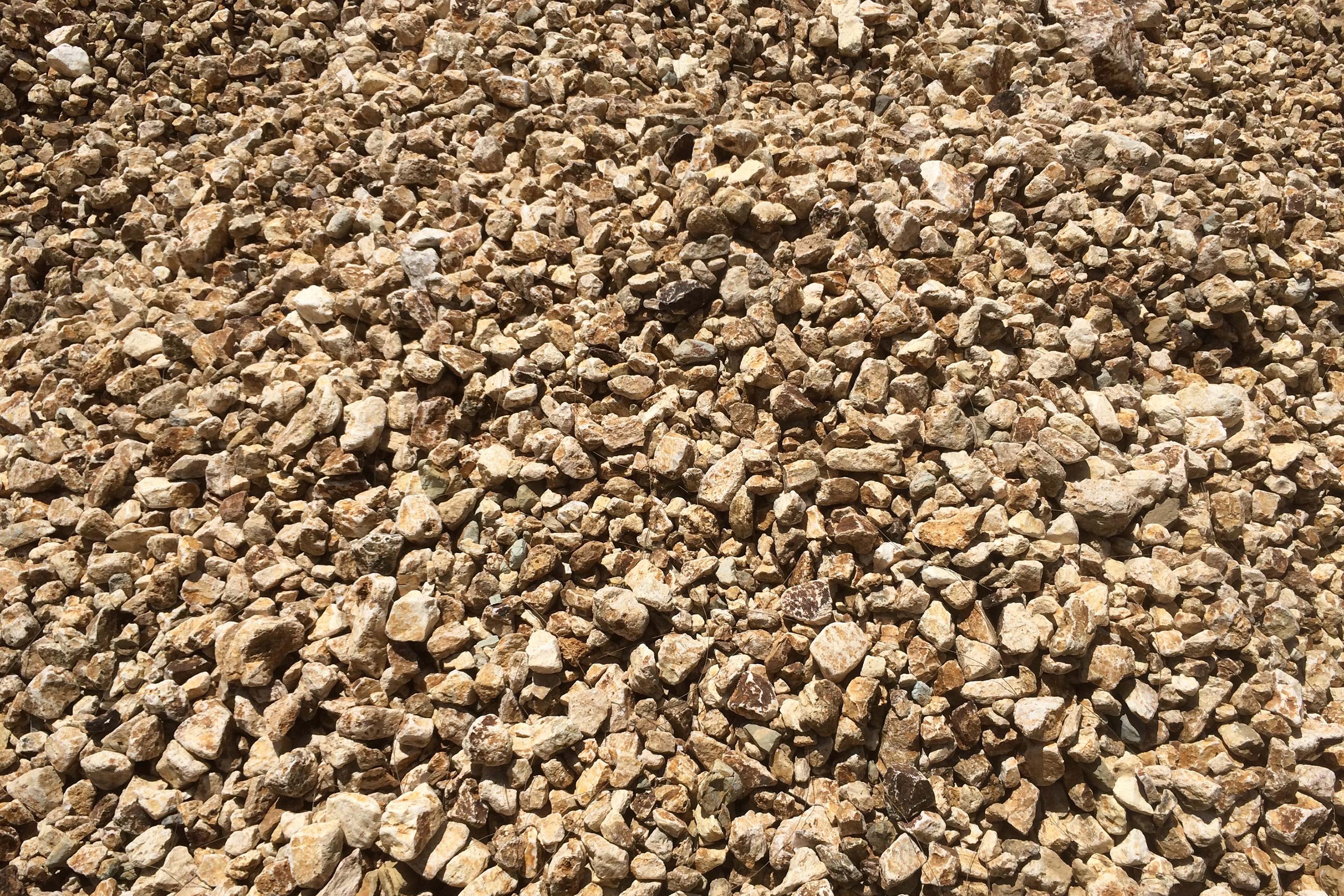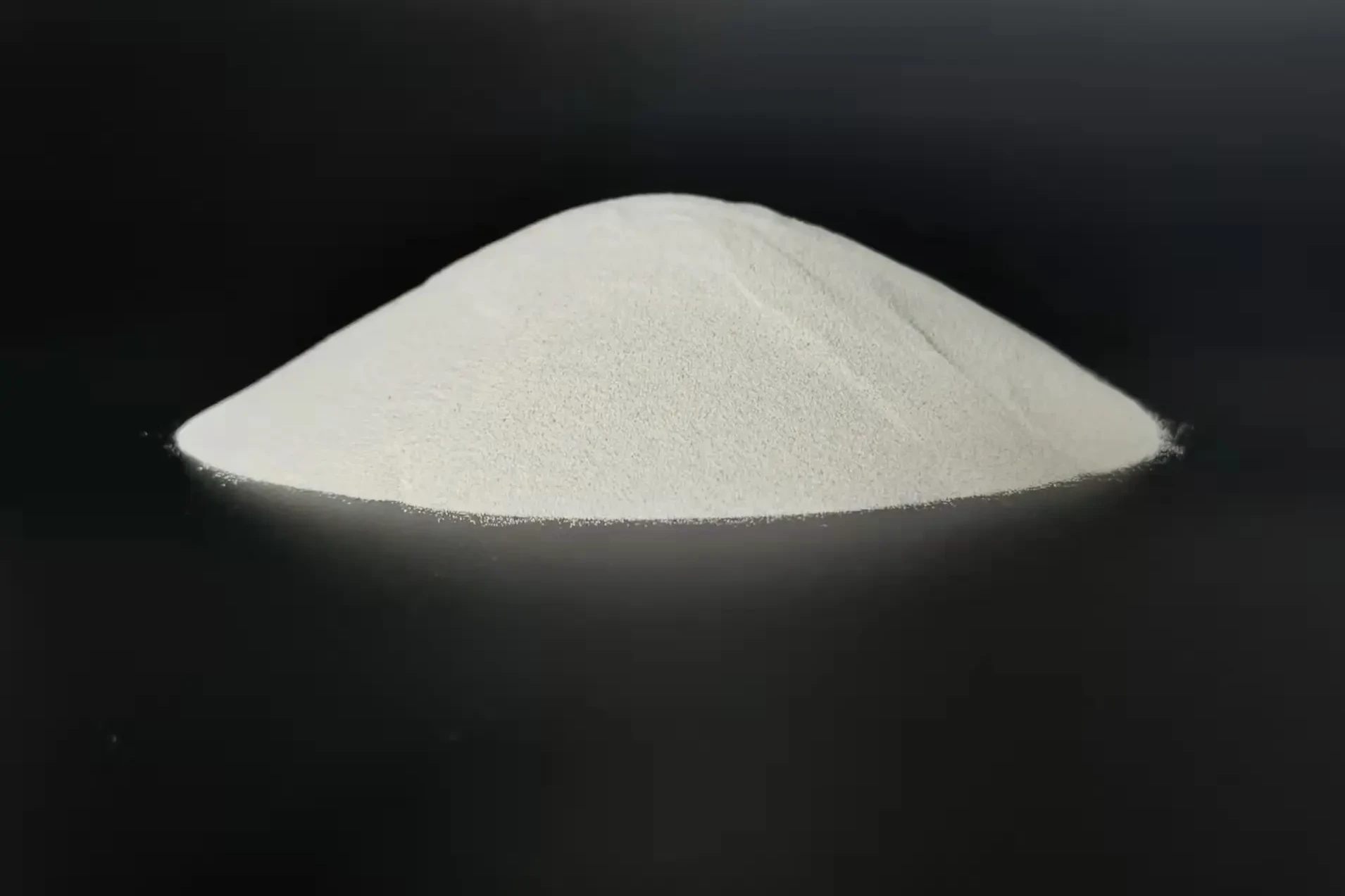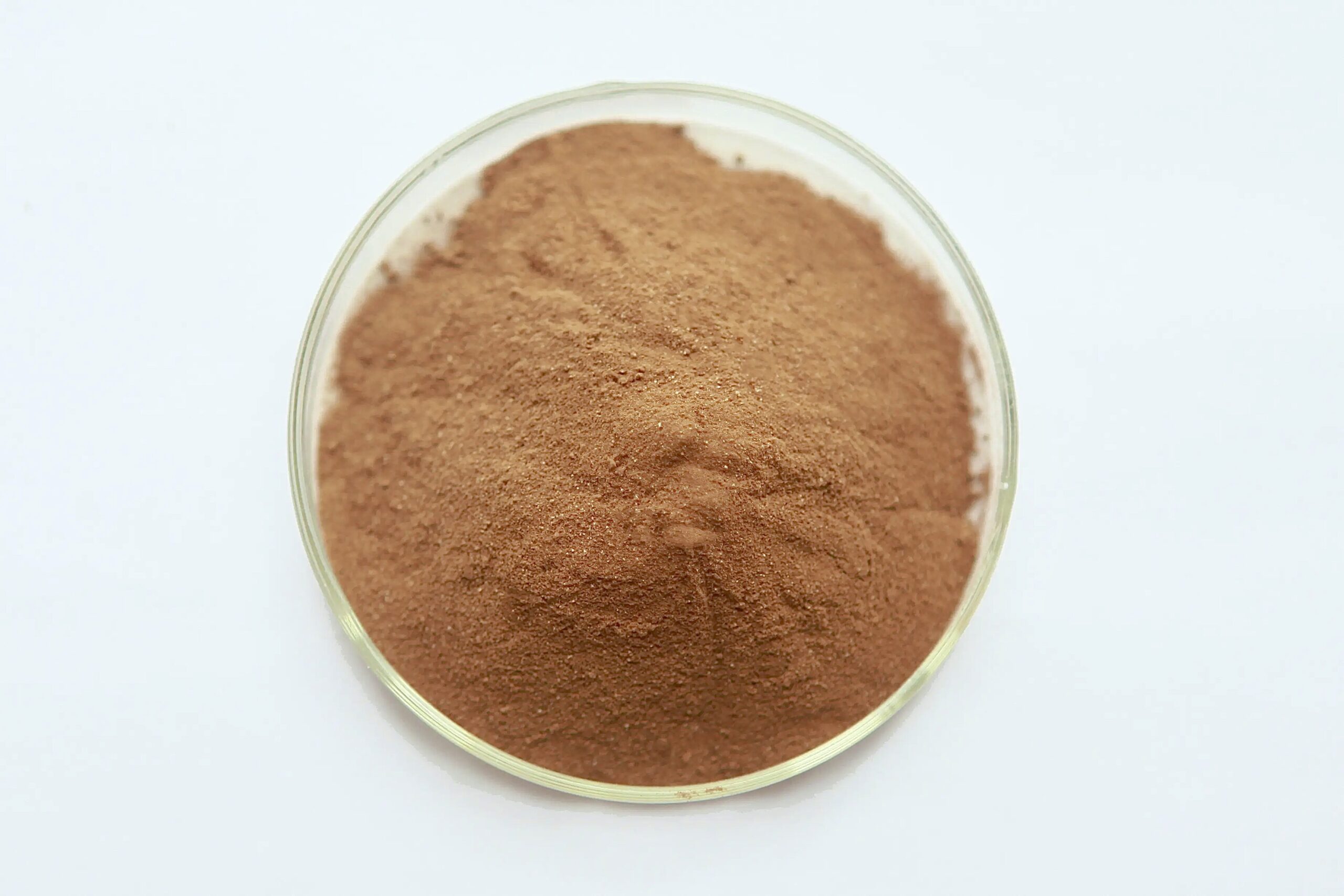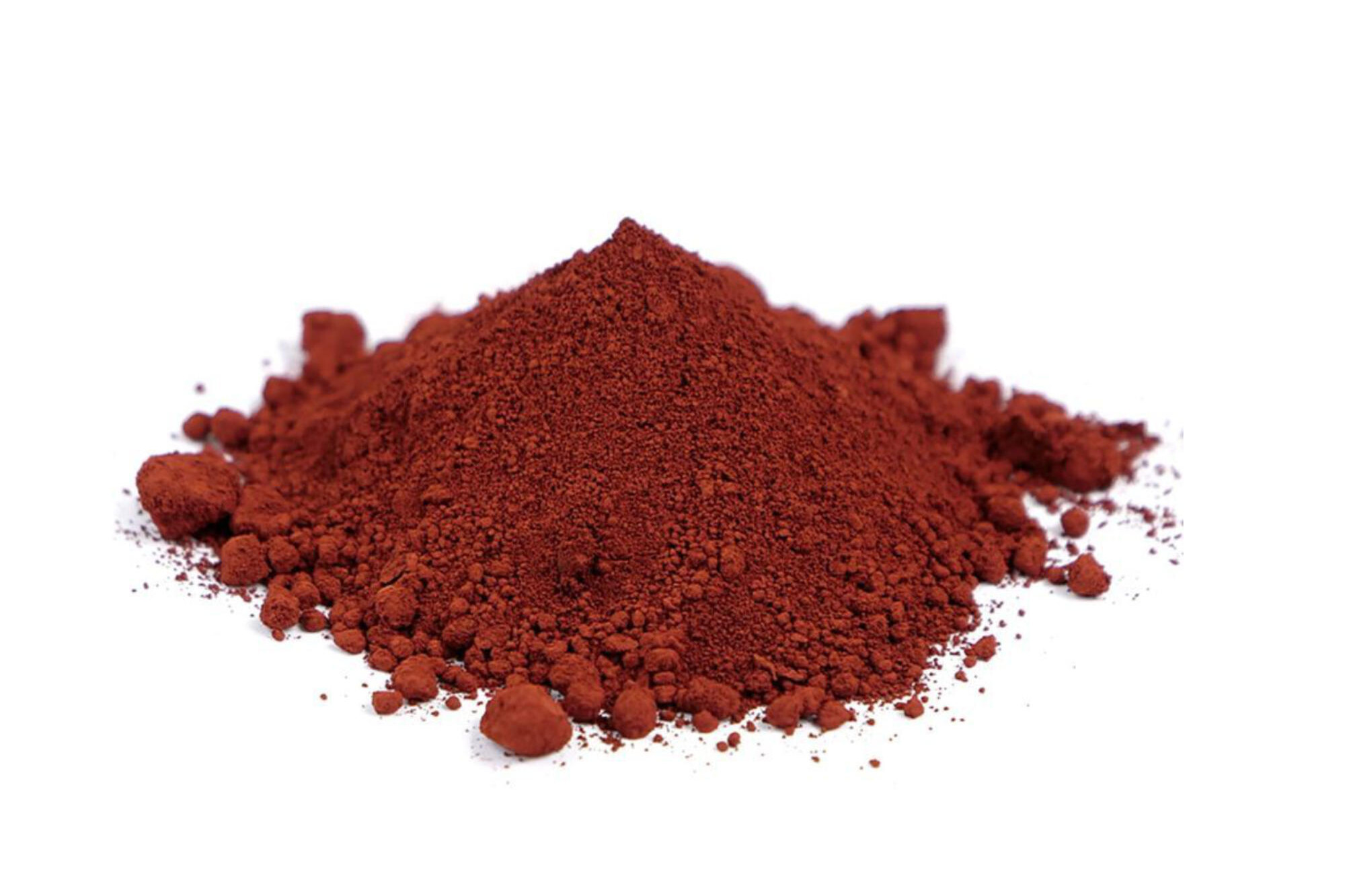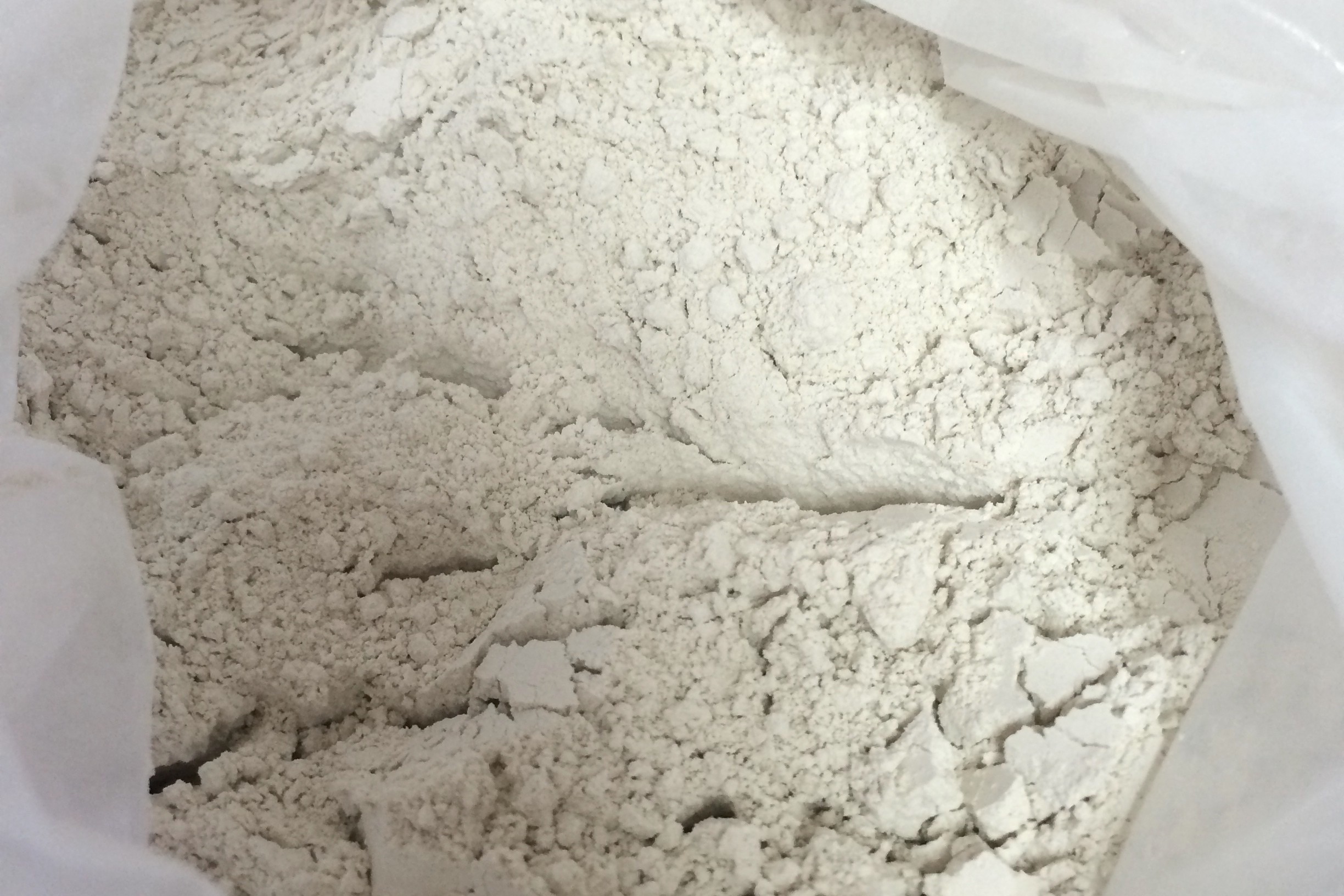The oil and gas industry is constantly seeking innovative solutions to enhance the efficiency of oil extraction processes. Among the chemicals used are xanthan gum, polyanionic cellulose (PAC), and calcium chloride which stand out for their significant roles in improving the recovery process. This article delves into how each of these chemicals contributes to the oil recovery process, highlighting their unique properties and applications.
Xanthan Gum: Enhancing Viscosity and Stability
Xanthan gum, a polysaccharide, is primarily used in the oil industry for its ability to increase the viscosity of drilling fluids. This enhancement is crucial for several reasons:
- Drilling Fluid Stability: Xanthan gum ensures that the drilling fluid remains stable, even under varying temperatures and pressures. This stability is vital for maintaining the integrity of the wellbore.
- Carrying Capacity: The increased viscosity helps in the efficient removal of drilling cuttings from the wellbore, ensuring a clean and clear path for oil extraction.
- Enhanced Oil Recovery (EOR): In EOR processes, xanthan gum is used to thicken water, which improves the displacement efficiency of oil from reservoir rocks.
PAC: A Versatile Cellulose-Based Polymer
Polyanionic cellulose, or PAC, is another key player in oil extraction. Its primary roles include:
- Fluid Loss Control: PAC is highly effective in reducing fluid loss during drilling, which is essential for maintaining the hydrostatic pressure and preventing formation damage.
- Thixotropic Properties: It provides thixotropic properties to drilling fluids, meaning the fluid becomes more viscous under static conditions and less viscous under dynamic conditions. This property is critical for effective drilling and wellbore stability.
- Compatibility and Efficiency: PAC is compatible with a wide range of drilling fluid additives, making it a versatile choice for various drilling environments.
Calcium Chloride: Balancing Fluid Density and Stability
Calcium chloride is an inorganic salt used in oil recovery for its unique properties:
- Density Adjustment: It is used to increase the density of drilling fluids, which helps in balancing the downhole pressure and preventing the influx of unwanted fluids into the wellbore.
- Water Hardness Control: Calcium chloride helps in controlling the hardness of water used in drilling fluids, which is crucial for preventing the formation of unwanted precipitates.
- Freezing Point Reduction: In cold environments, calcium chloride is effective in lowering the freezing point of fluids, ensuring smooth operations in harsh conditions.
The integration of xanthan gum, PAC, and calcium chloride into the oil recovery processes demonstrates the industry’s commitment to efficiency and innovation. By improving the properties of drilling fluids, these chemicals play a pivotal role in enhancing the overall efficiency of oil extraction, ensuring that every stage of the process, from drilling to recovery, is optimised for maximum yield. As the industry continues to evolve, the role of these chemicals will undoubtedly expand, paving the way for more advanced and efficient recovery techniques.


